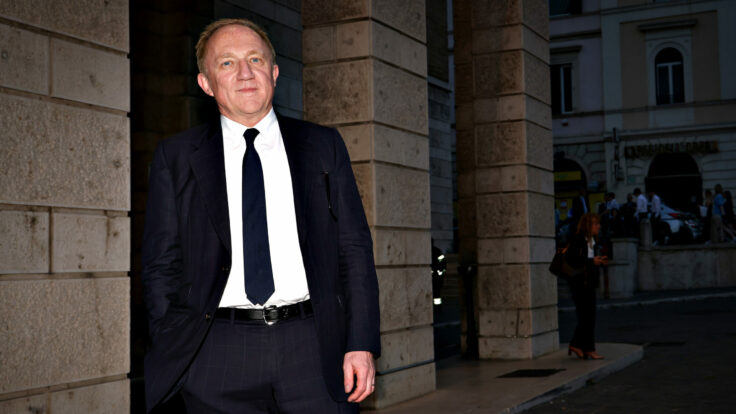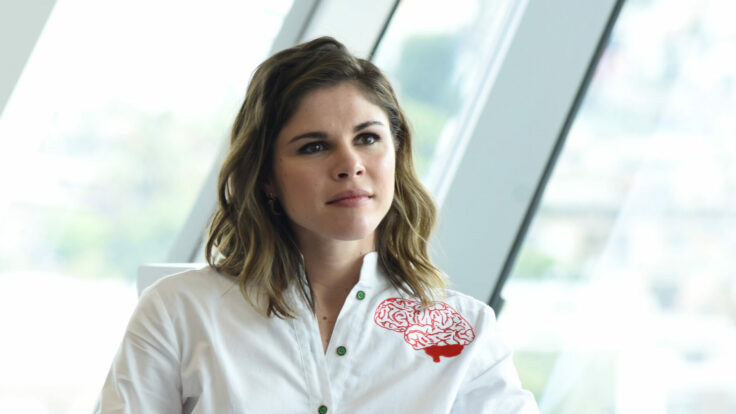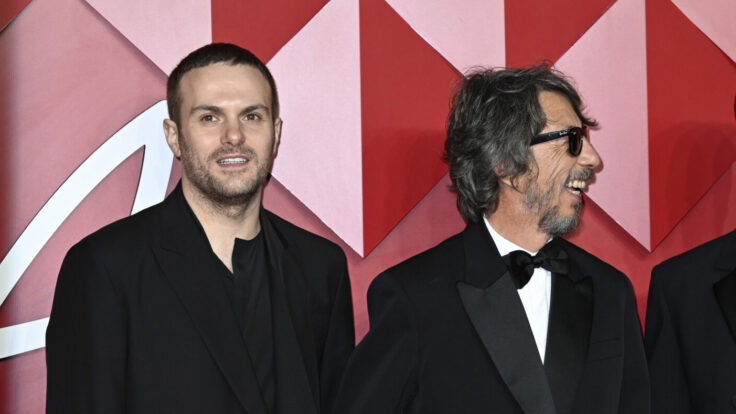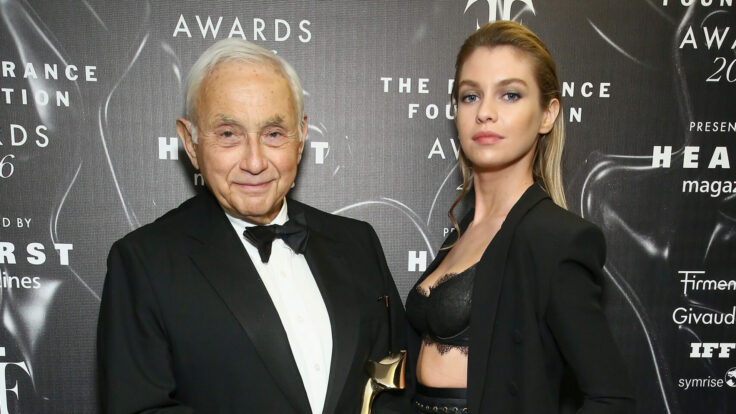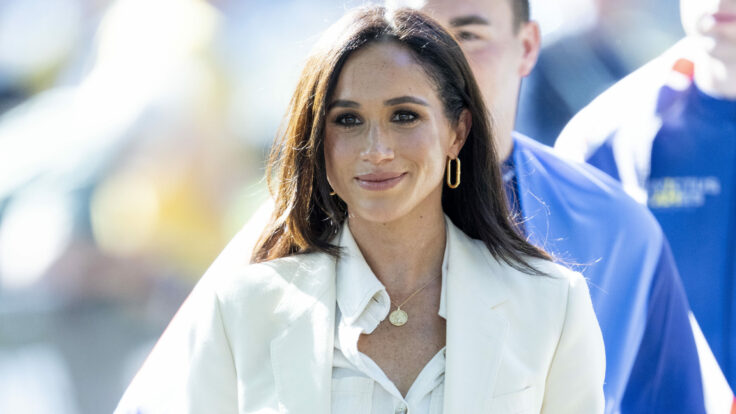This is a unique year in the Oscars red carpet competition—not because of the nightmarish strike that lasted into the fall, but rather because the majority of best actress nominees (the most photographed people in attendance) do not have long-term contracts with big luxury brands. These deals allow the largest fashion houses—the ones with the ability to design, construct, and fit a custom dress—an opportunity to sneak into the fray and dine out on that exposure for a whole year and, sometimes, for decades. We still remember Nicole Kidman’s chartreuse Dior column, worn at the 1997 Oscars, and Gwyneth Paltrow’s crinkly pink princess pouf, designed by Ralph Lauren and worn in 1999.
Emma Stone is the only best actress nominee with a long-term advertising contract—she is a Louis Vuitton girl—but I’m hearing that Anatomy of a Fall’s Sandra Hüller, star of the new Phoebe Philo campaign, struck some sort of deal with a big luxury house, and Maestro’s Carey Mulligan may have as well. Nyad’s Annette Bening likely will not—she often wears Armani as a friend of the house. Nor will Killers of the Flower Moon’s Lily Gladstone, who is apparently looking to commission a dress featuring quillwork. On the best supporting actress front, Barbie’s America Ferrera was described to me as a “good grabber”: She works with über-stylist Karla Welch, who has a magic touch with the brands when it comes to creating custom looks. (Ferrera recently wore a pretty Dior gown that the internet liked.)













